What's been a welcome break from data analysis has been a bunch of outreach events! We headed up to Murray Bridge High School and talked about wasps to year 7/8 students with Children's University Regional Lecture Series, and also visited a primary school to do some slime-making and dry ice demonstrations with the year three students (they were learning about states of matter). I also participated in the Three Minute Thesis Competition, and am off to the University Finals on the 12th September! Hooray for wasps!
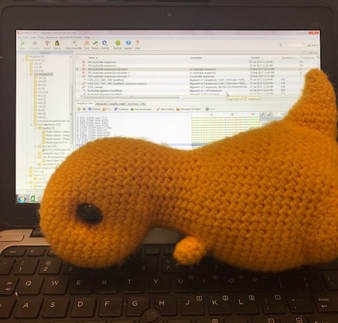
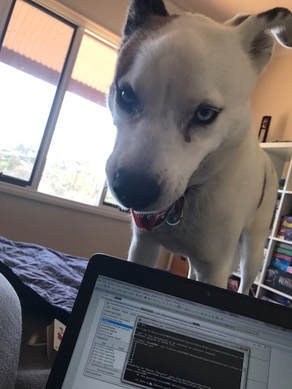
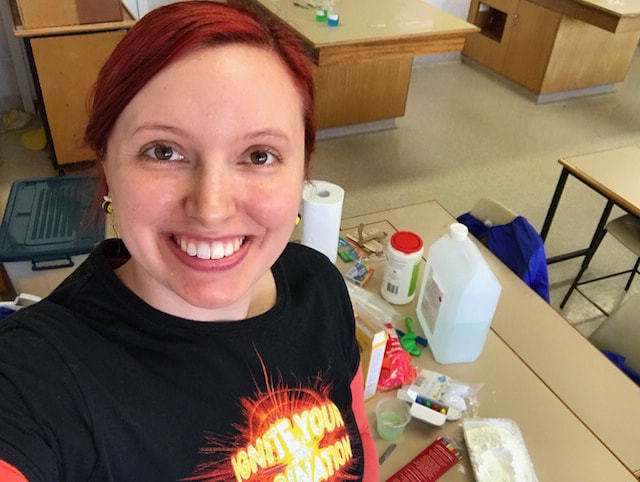
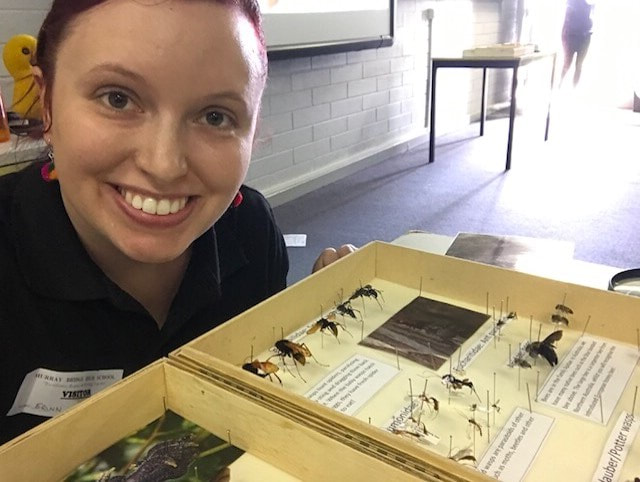
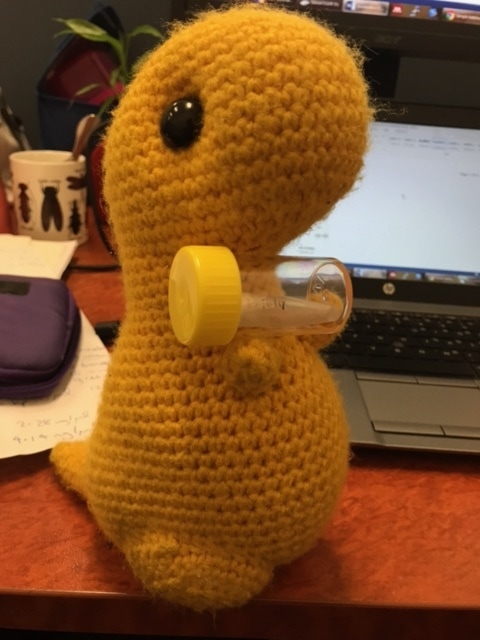
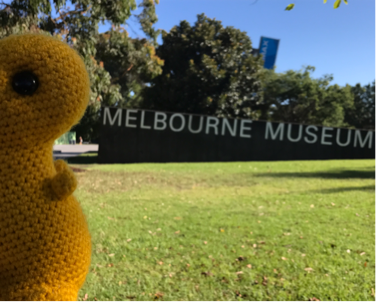
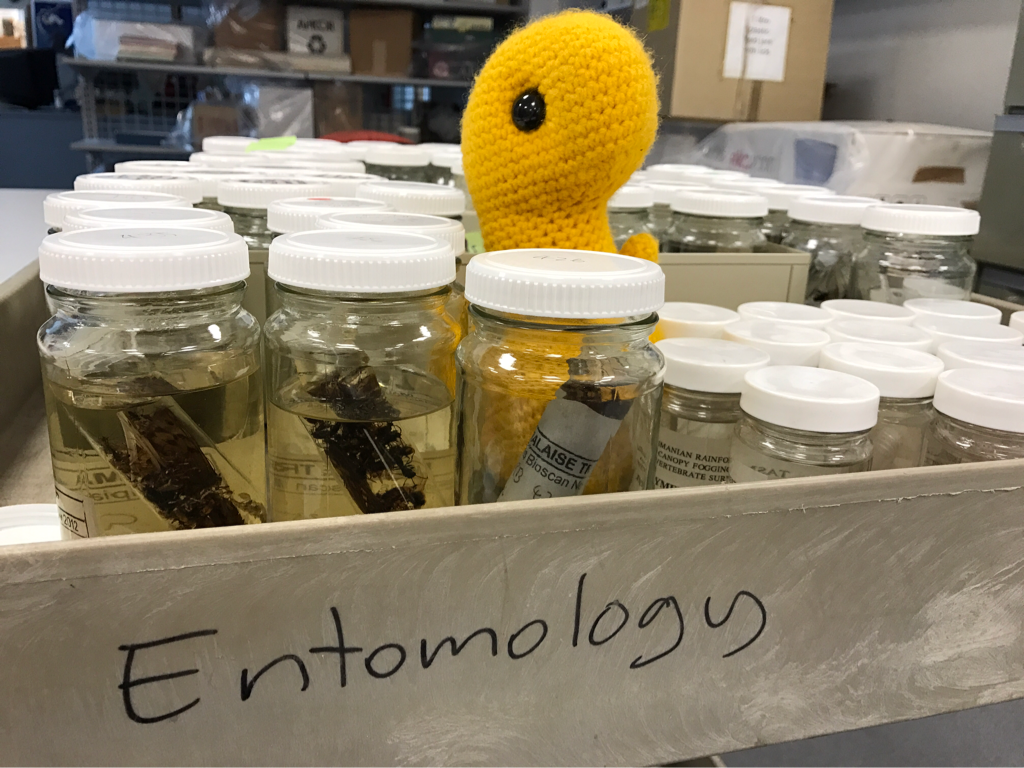
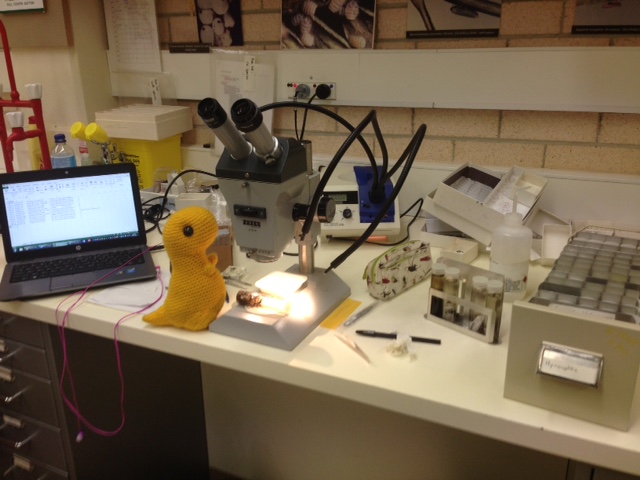
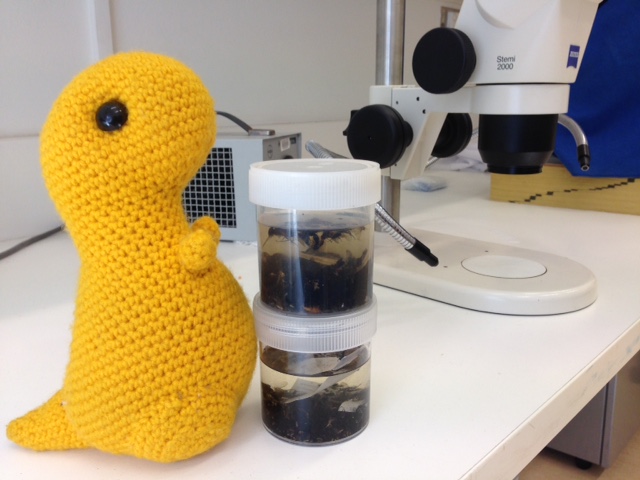
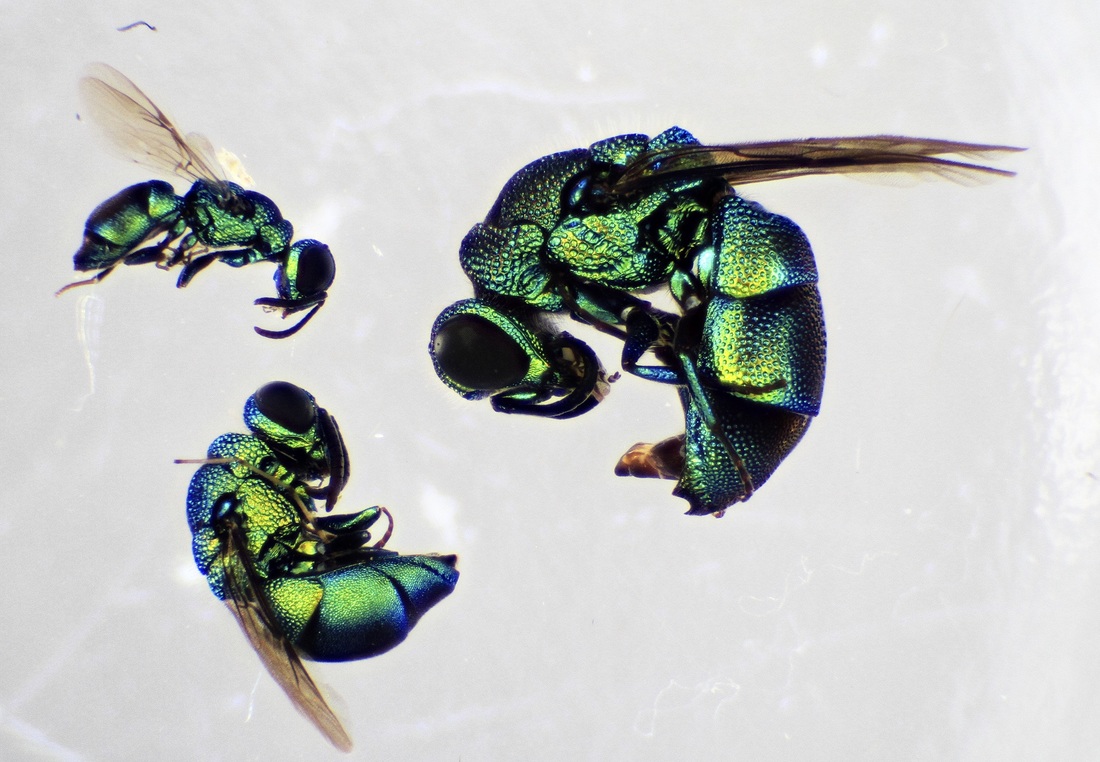
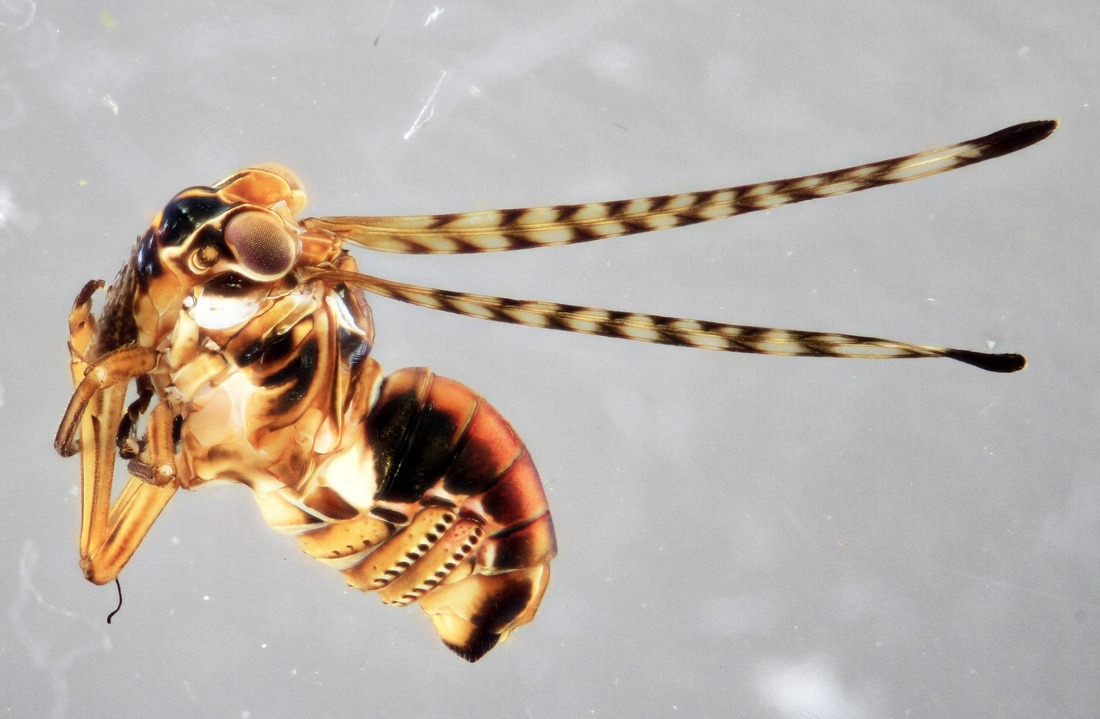
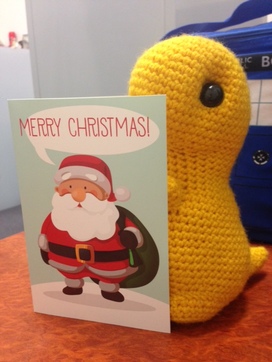
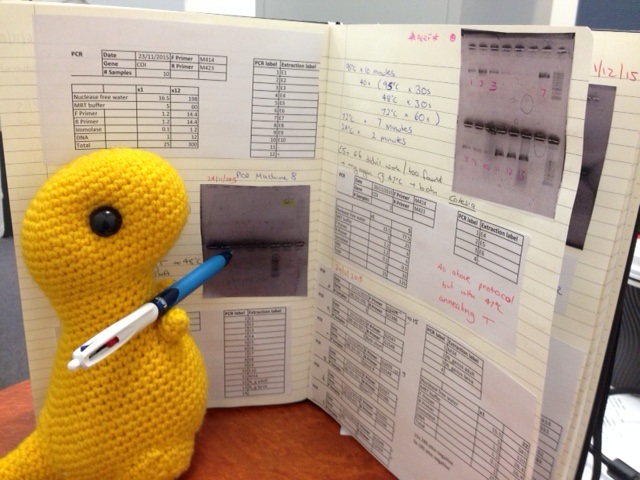
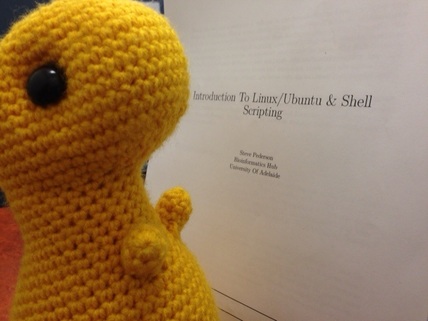

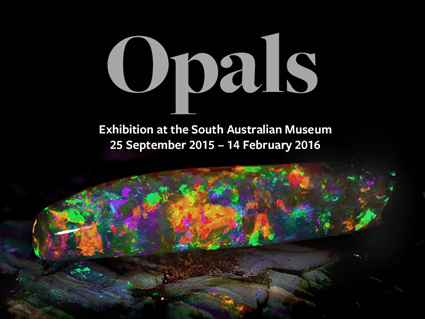
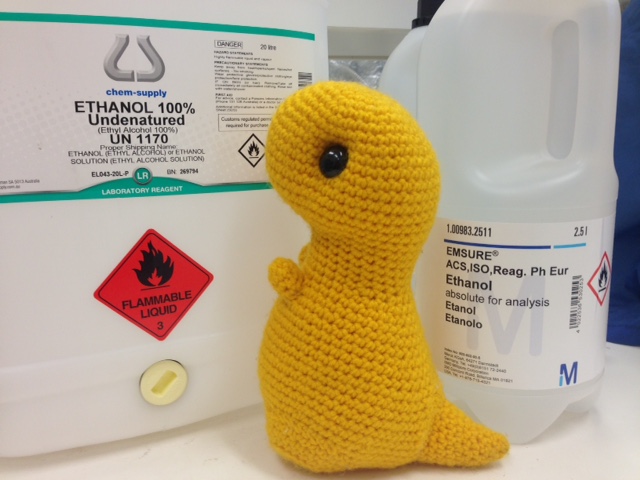
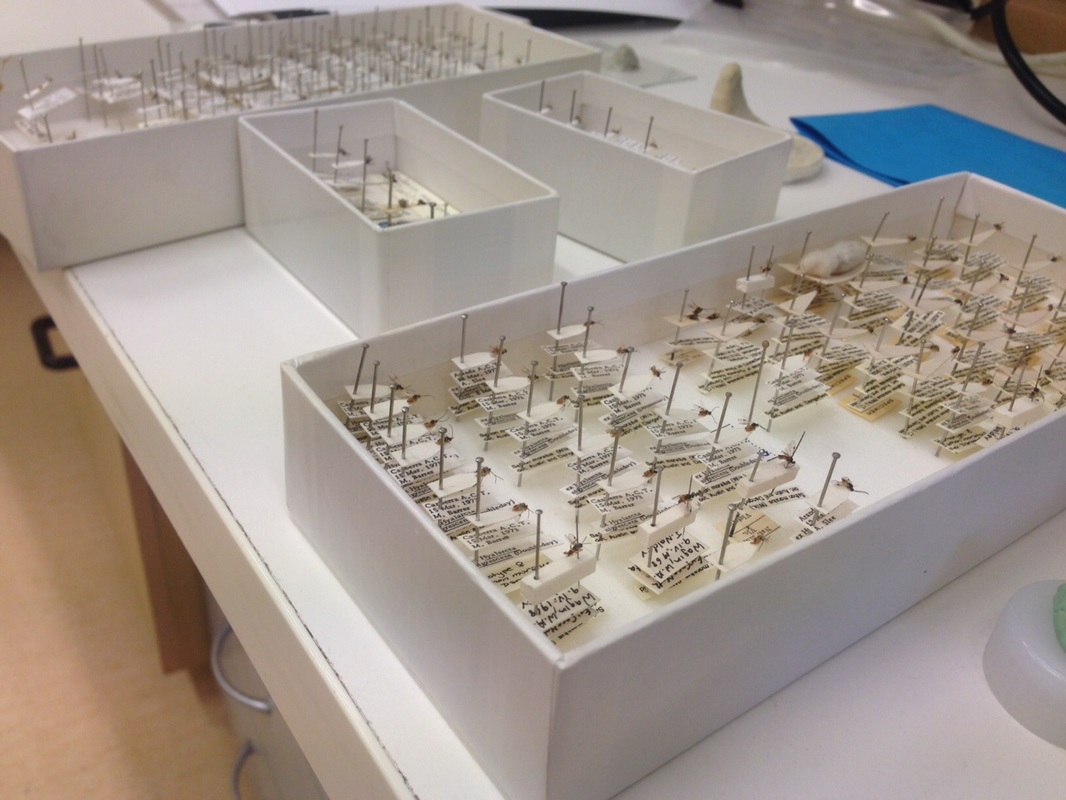
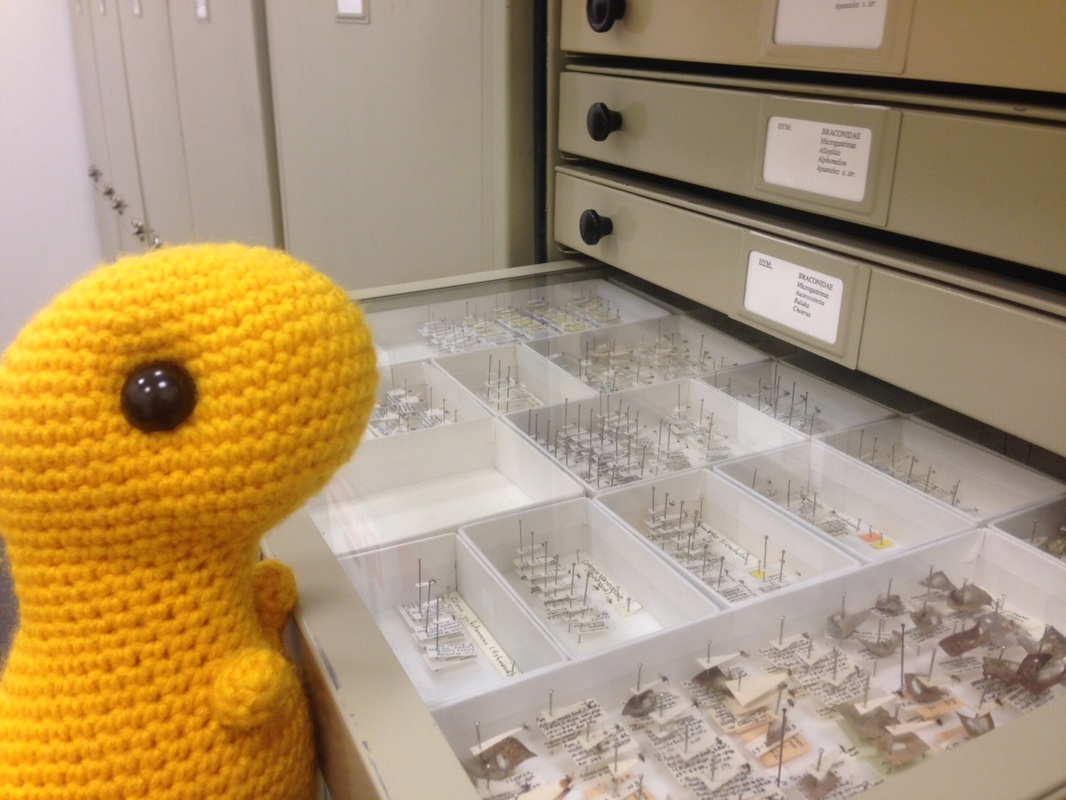
 RSS Feed
RSS Feed
